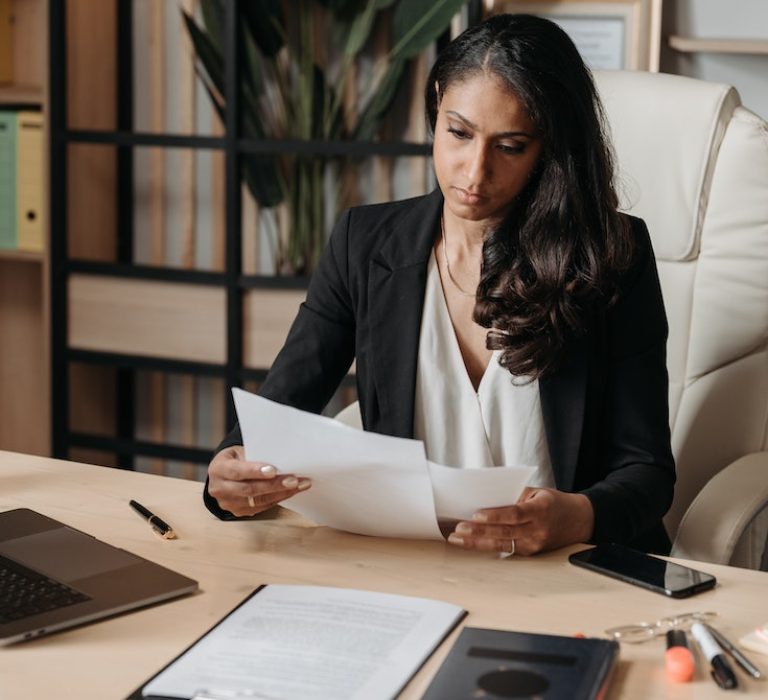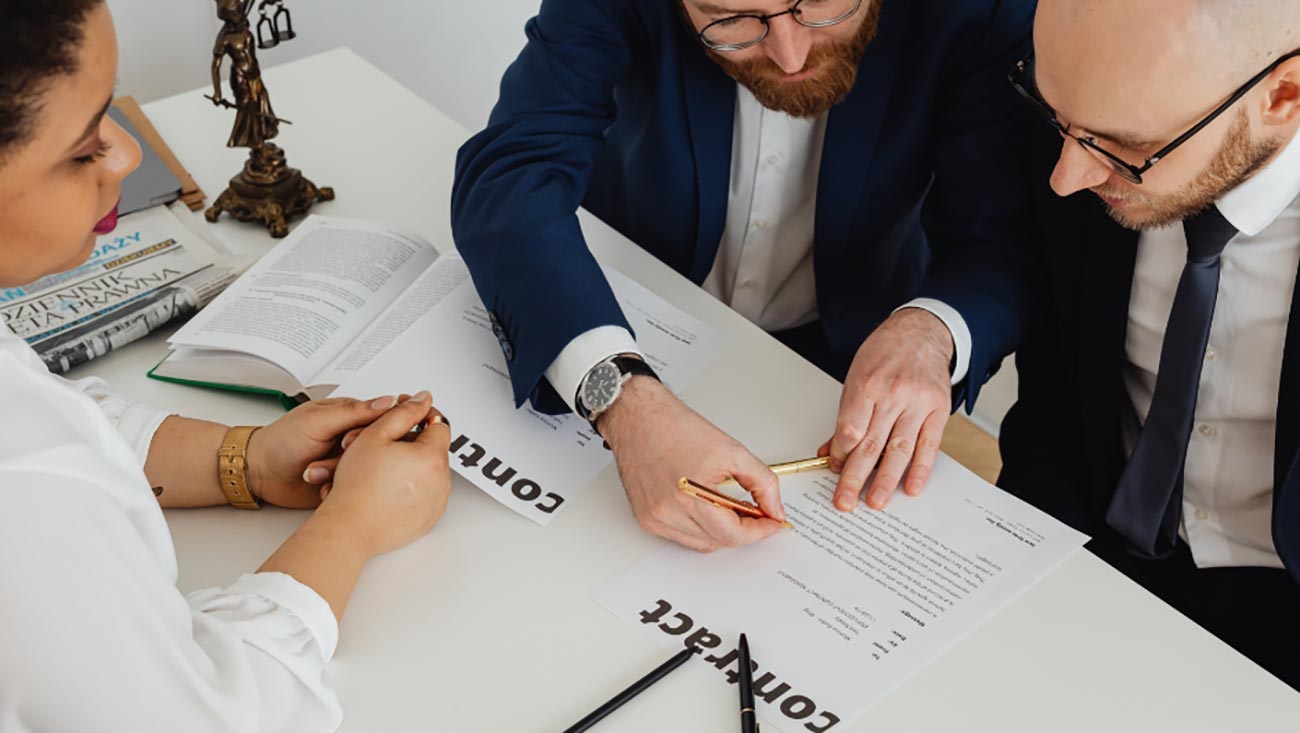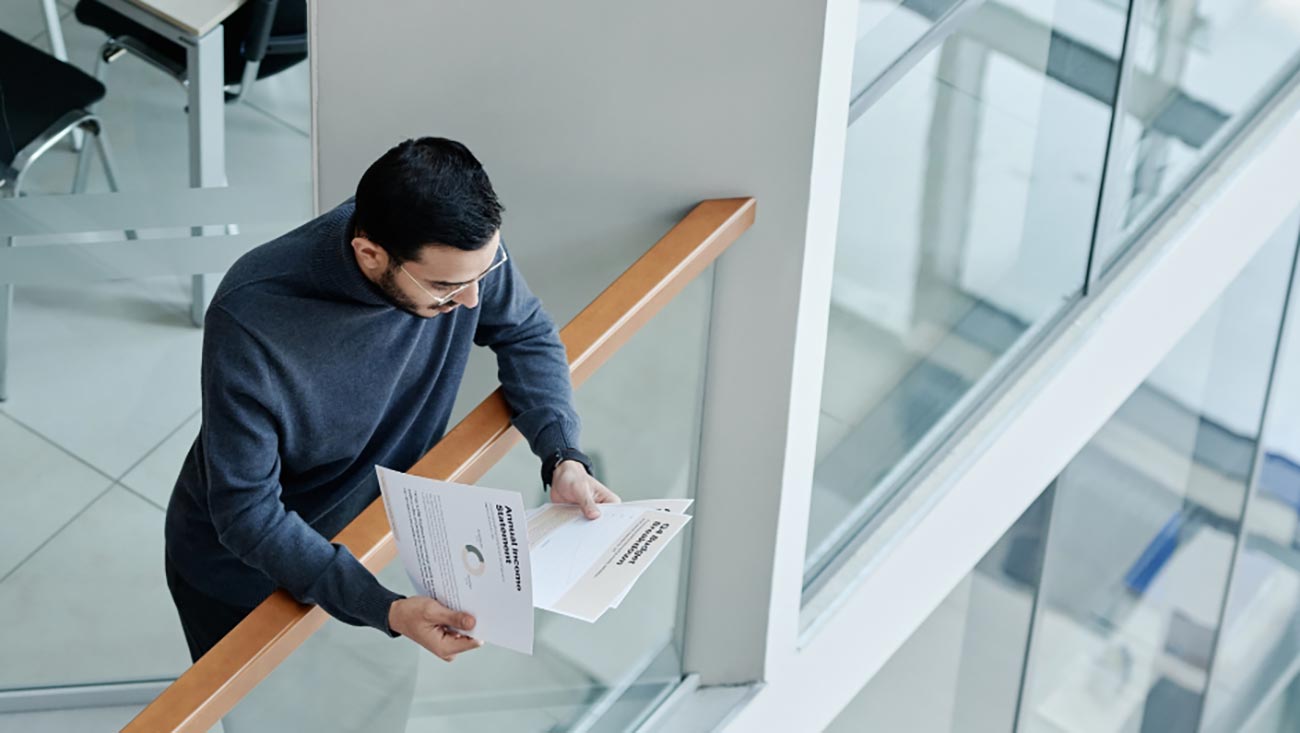One of the things I was taught in law school is that I'd never be able to think the same again - that being a lawyer is something that's part of who I am as an individual now.
WE MADE SOLUTIONS
AND CONCEPTS
Ingrid Wilson
Avoid lawsuits beyond all things; they pervert your conscience, impair your health, and dissipate your property.
About Me
Our blog covers a wide range of legal topics, including but not limited to business law, criminal law, intellectual property, family law, and more. We delve into key legal issues, provide updates on recent court decisions and legislative changes, and offer practical insights and advice to help you navigate the legal landscape..

Exploring the Dark Side of Museums: Why Museum Safety Lawyers Are Essential?
Museums are revered as cultural institutions that house valuable artifacts and artworks, giving visitors a glimpse into history, art, and the natural world.

Museums are revered as cultural institutions that house valuable artifacts and artworks, giving visitors a glimpse into history, art, and the natural world. They serve as educational spaces that preserve and celebrate our collective heritage. However, there is a dark side to museums that often goes unnoticed by the risks and challenges they face in maintaining safety and addressing ethical concerns. Have a glance at the hidden aspects of museums and highlights the crucial role played by museum safety lawyers in ensuring the protection of visitors, staff, and cultural artifacts. Injured in a museum? Call Philadelphia Injury Lawyers P.C. for a free consultation!

The Dark Side of Museums
Unregulated Artifacts and Exhibits: Museums, particularly privately owned or operated ones, often need more standardized safety regulations for artifacts and exhibits. While some institutions follow best practices, others may cut corners due to financial constraints or a lack of awareness. This inconsistency can lead to accidents and mishaps, endangering visitors, and the artwork. Instances of falling sculptures, broken glass displays, or improperly secured artifacts have been reported, highlighting the need for stricter safety guidelines across all museums.
Health Hazards: Beyond physical safety, museums can also present health hazards. Some artifacts contain toxic materials such as lead, mercury, or asbestos. Improper handling or labeling of these objects can expose visitors and museum staff to harmful substances. Additionally, poor air quality, often due to inadequate ventilation systems or mold, can negatively impact the respiratory health of individuals spending extended periods within museum premises.
Cultural Appropriation and Repatriation: One contentious aspect of museums is the issue of cultural appropriation and repatriation of artifacts. Many valuable pieces displayed in museums were acquired through dubious means, such as colonial looting or illicit trade. This raises ethical questions about the rightful ownership and display of these items. Indigenous communities and countries from which the artifacts were taken often demand repatriation, seeking the return of their cultural heritage. Museum safety lawyer is crucial in navigating the legal complexities surrounding these cases and facilitating the return of stolen artifacts to their rightful owners.
Ethical Dilemmas: Museums are occasionally controversial due to exhibit choices that spark public outrage. Artists and curators may push boundaries, sometimes at the expense of offending specific communities or perpetuating harmful stereotypes. Balancing artistic freedom with sensitivity to diverse audiences is a delicate task. NYC injury lawyers can provide legal law firm, helping museums navigate potential legal pitfalls and find a middle ground that respects artistic expression while considering exhibits’ social and cultural impact.
Lack of Diversity and Inclusion: Museums should reflect the diversity of our society, both in their exhibits and within their staff. However, many museums have been criticized for underrepresenting marginalized communities. This lack of diversity affects the perspectives portrayed in exhibits and limits the input and contributions of underrepresented groups. Museum safety lawyers can advocate for increased diversity and inclusion in law firms, encouraging museums to embrace a broader range of voices, narratives, and experiences.

The Role of Museum Safety Lawyers
The museum injury lawyers play a vital role in addressing the challenges faced by museums. Here are some key responsibilities they undertake:
Ensuring Compliance with Safety Regulations: Museum safety attorneys work closely with administrators to develop and implement safety protocols and guidelines. They conduct regular safety audits, ensuring museums adhere to industry standards and comply with local, state, and federal safety regulations. By identifying potential hazards and recommending preventive measures, they mitigate risks and enhance the safety of visitors and staff.
Advocating for Victims: In unfortunate incidents where individuals suffer harm from museum accidents, personal injury lawyers represent the victims. They provide legal counsel and assistance, helping victims seek compensation for their injuries, medical expenses, and other damages. Museum safety attorney understands the complexities of these cases and work diligently to hold museums accountable for negligence or inadequate safety measures.
Addressing Cultural and Ethical Concerns: Museum injury lawyers are well-versed in the legal aspects of cultural appropriation and repatriation. They collaborate with indigenous communities, governments, and international organizations to facilitate the return of stolen artifacts. These lawyers work towards establishing fair and transparent processes for resolving ownership disputes and promoting ethical practices within the museum industry.
Conclusion
Museums, despite their noble intentions, face inherent risks and ethical challenges. From ensuring visitor safety to addressing cultural appropriation and fostering inclusivity, museums must navigate complex legal and ethical landscapes. The best slip and fall lawyers play a crucial role in safeguarding the interests of museums and their communities. Their expertise in safety regulations, cultural issues, and advocacy enables them to mitigate risks, advocate for victims, and promote responsible practices within the museum industry.

Sarah M

David L

Emily G

Emily G
